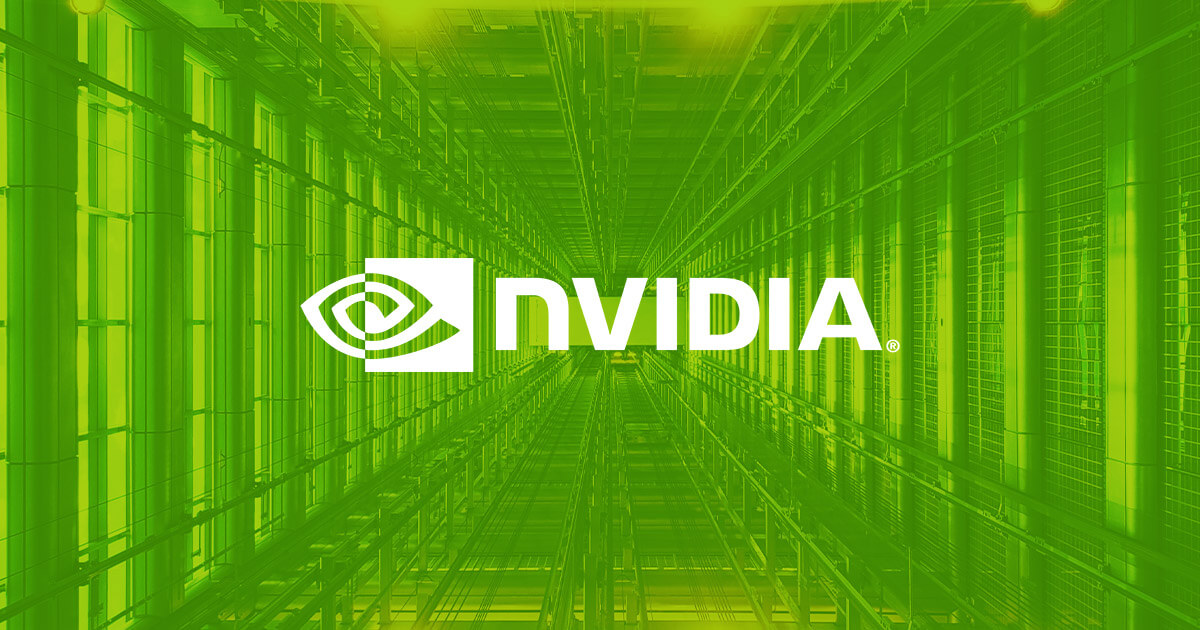Nvidia: Shifting Investment Strategies Amid AI Dominance
08.07.2024 10:00 1 min. read Alexander Stefanov
Nvidia, renowned for its AI chips, saw its market capitalization exceed $3 trillion in the second quarter, reflecting the robust confidence Wall Street places in artificial intelligence.
The company’s stock soared 37% over the past three months and has more than doubled this year, climbing 148%.
Critics question whether Nvidia’s meteoric rise could be a bubble. At $3 trillion, its value surpasses Sweden’s national net worth and nearly matches Africa’s 2023 GDP. This valuation equates to over $100 million per employee at Nvidia, highlighting its dominance in the sector.
Investment strategies have been polarized around Nvidia. Funds like ProFunds Semiconductor UltraSector, leveraging Nvidia exposure by 150%, have thrived, with gains of 31% last quarter. However, skeptics, like T. Rowe Price Capital Appreciation, have started reducing positions, citing risks to Nvidia’s profit margins from heightened competition.
While Nvidia’s performance has buoyed Large Growth funds, delivering a 4.9% average quarterly return, caution persists about sustainability. Some, like Vanguard Primecap, recently reopened to investors, emphasizing diversification beyond Nvidia for long-term stability in growth investing.
In a market driven by AI ambitions, investors must navigate Nvidia’s soaring stock with care, mindful of broader economic shifts and sector-specific challenges that could impact its trajectory.
-
1
U.S. PCE Inflation Rises for First Time Since February, Fed Rate Cut Likely Delayed
27.06.2025 18:00 1 min. read -
2
Key U.S. Economic Events to Watch Next Week
06.07.2025 19:00 2 min. read -
3
Gold Beats U.S. Stock Market Over 25 Years, Even With Dividends Included
13.07.2025 15:00 1 min. read -
4
U.S. Announces Sweeping New Tariffs on 30+ Countries
12.07.2025 16:30 2 min. read -
5
US Inflation Heats Up in June, Fueling Uncertainty Around Fed Cuts
15.07.2025 16:15 2 min. read
US Inflation Heats Up in June, Fueling Uncertainty Around Fed Cuts
U.S. inflation accelerated in June, dealing a potential setback to expectations of imminent Federal Reserve rate cuts.
Gold Beats U.S. Stock Market Over 25 Years, Even With Dividends Included
In a surprising long-term performance shift, gold has officially outpaced the U.S. stock market over the past 25 years—dividends included.
U.S. Announces Sweeping New Tariffs on 30+ Countries
The United States has rolled out a broad set of new import tariffs this week, targeting over 30 countries and economic blocs in a sharp escalation of its trade protection measures, according to list from WatcherGuru.
Key U.S. Economic Events to Watch Next Week
After a week of record-setting gains in U.S. markets, investors are shifting focus to a quieter yet crucial stretch of macroeconomic developments.
-
1
U.S. PCE Inflation Rises for First Time Since February, Fed Rate Cut Likely Delayed
27.06.2025 18:00 1 min. read -
2
Key U.S. Economic Events to Watch Next Week
06.07.2025 19:00 2 min. read -
3
Gold Beats U.S. Stock Market Over 25 Years, Even With Dividends Included
13.07.2025 15:00 1 min. read -
4
U.S. Announces Sweeping New Tariffs on 30+ Countries
12.07.2025 16:30 2 min. read -
5
US Inflation Heats Up in June, Fueling Uncertainty Around Fed Cuts
15.07.2025 16:15 2 min. read


